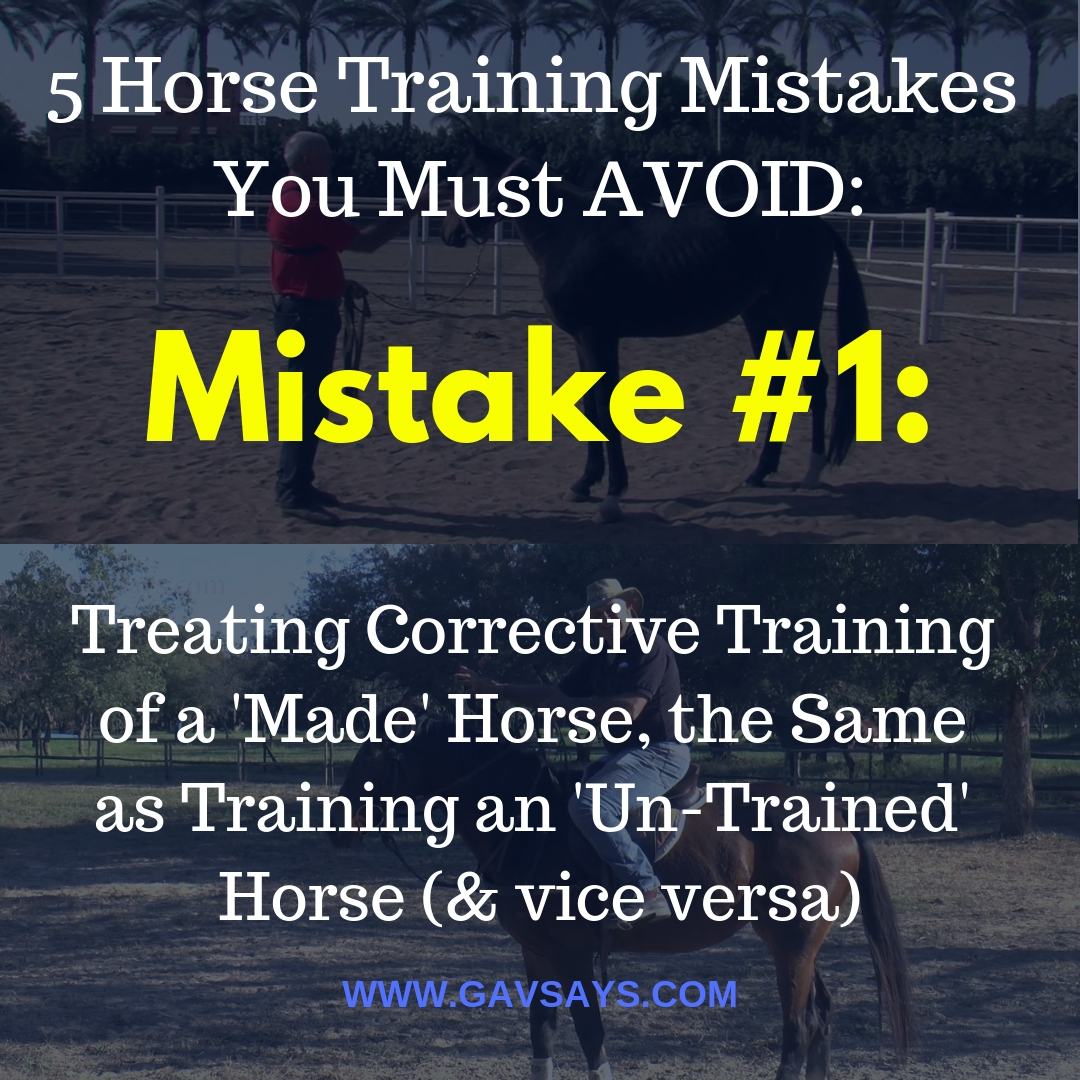Have you ever tried horseback riding? It can be an exhilarating experience, riding through open fields or trotting along a forest trail. But before you saddle up, there are some common mistakes you should avoid to ensure a safe and enjoyable ride.
In this article, we’ll explore these mistakes in detail and provide you with valuable tips to improve your horseback riding skills. Whether you’re a beginner or have been riding for years, there’s always something new to learn.
From improper mounting and dismounting techniques to using the wrong equipment, these mistakes can not only be dangerous but also affect your ride’s overall experience. So, stay tuned to find out more about the common mistakes to avoid in horseback riding and how you can ride like a pro.
Common Mistakes to Avoid in Horseback Riding
Horseback riding is an exhilarating and rewarding activity that allows you to connect with these majestic creatures. Whether you are a beginner or an experienced rider, it is essential to understand and avoid common mistakes that can negatively impact your riding experience. In this article, we will explore some of these mistakes and provide tips on how to improve your horseback riding skills, ensuring a safe and enjoyable ride every time.
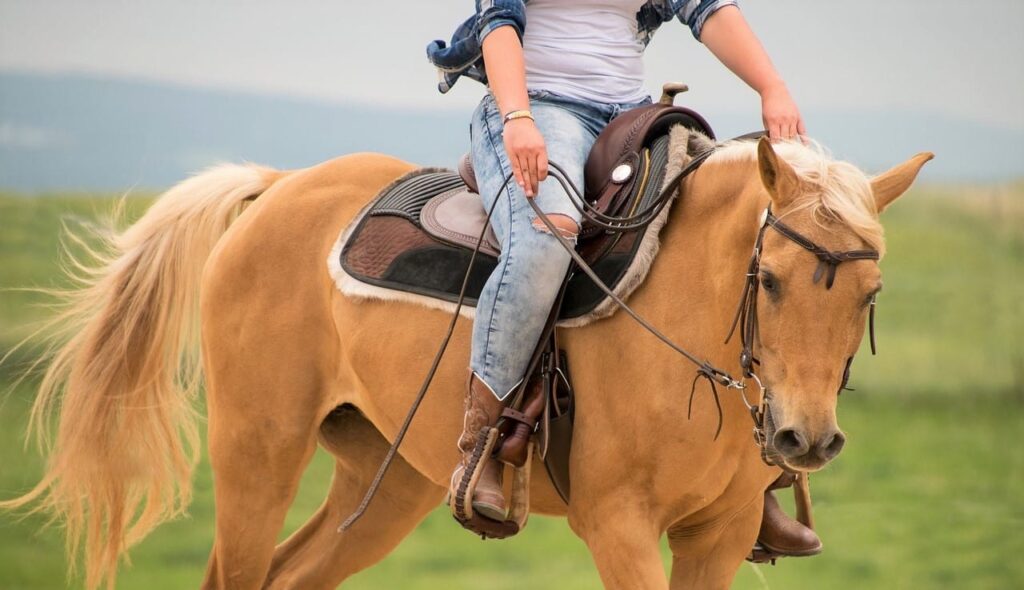
Choosing the Right Horse
Understanding Different Horse Breeds
One of the first mistakes riders make is not choosing the right horse for their skill level and intended riding activities. It is crucial to understand the various horse breeds and their characteristics to ensure compatibility. Different breeds have different temperaments, energy levels, and strengths, which can significantly impact your riding experience. Research and consult with professionals to find the breed that best suits your needs.
Assessing the Horse’s Temperament
Another common mistake is not evaluating the horse’s temperament before riding. Horses, just like humans, have distinct personalities and comfort levels. It is essential to spend time with the horse, observe their behavior, and assess their temperament before mounting. This will help you determine if the horse is calm, responsive, and suitable for your level of riding experience.
Evaluating the Horse’s Health and Fitness
Riding a horse that is not in optimal health or fitness can be risky for both you and the horse. It is vital to evaluate the horse’s overall health, including its weight, muscle tone, and any existing injuries or medical conditions. Consult with a veterinarian to ensure the horse is fit to ride and receive guidance on appropriate exercise routines and dietary requirements.
Proper Tack and Equipment
Selecting the Right Saddle
Choosing the correct saddle is crucial for your comfort and the horse’s well-being. Many riders make the mistake of using ill-fitting saddles, which can cause discomfort, pain, and even injury to the horse. Invest in a saddle that is the right size, fits your body type, and properly distributes weight across the horse’s back. Consult with a professional saddle fitter to ensure a proper fit.
Choosing the Correct Bridle and Bit
Similar to saddles, selecting the right bridle and bit is essential for effective communication and control while riding. Ill-fitting or incorrect bridles and bits can lead to discomfort, pain, and resistance from the horse. Consult with an experienced trainer or tack expert to determine the appropriate bridle and bit combination based on the horse’s mouth shape and sensitivity.
Ensuring Proper Fit and Adjustments
Once you have selected the appropriate tack, it is crucial to ensure that it is properly fitted and adjusted before every ride. Many riders overlook this step and ride with loose or incorrectly adjusted tack, compromising their safety and the horse’s comfort. Take the time to check and adjust the fit of the saddle, bridle, and other equipment to ensure they are secure and providing the necessary support.
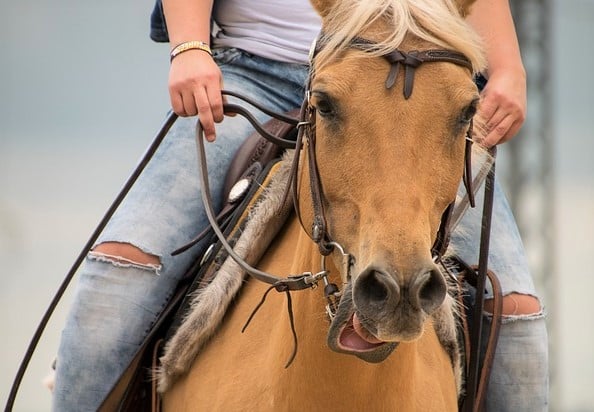
Mounting and Dismounting Techniques
Using the Correct Mounting Block
Mounting a horse from the ground can be challenging and potentially harmful to both you and the horse. Using a mounting block or a safe and stable platform is essential to avoid unnecessary strain on your body and to minimize the risk of injuring the horse. Ensure that the mounting block is positioned correctly, allowing you to mount the horse with ease and stability.
Proper Footing and Balance
Maintaining proper footing and balance while mounting and riding is crucial for your safety and the horse’s comfort. Many riders make the mistake of relying too heavily on the reins for balance, which can cause discomfort and confusion for the horse. Focus on maintaining a strong core, relaxed but engaged seat, and balanced weight distribution to ensure a stable and secure position.
Executing Smooth Dismounts
Dismounting properly is just as important as mounting the horse. Many riders rush or dismount in a way that puts unnecessary strain on their bodies or startles the horse. Take the time to execute a smooth and controlled dismount, allowing the horse to anticipate and respond to your movement. Land softly and maintain a safe distance from the horse to prevent any accidental contact or injury.
Establishing Effective Communication
Understanding Basic Horse Commands
Developing effective communication with your horse is essential for a successful ride. Many riders make the mistake of assuming that horses inherently understand human cues and commands. Take the time to learn and understand basic horse commands, such as using leg pressure, rein aids, and vocal cues. Practice these commands consistently to establish clear communication with your horse.
Developing Trust and Mutual Respect
Building trust and mutual respect with your horse is the foundation of a successful riding partnership. Many riders neglect this aspect and focus solely on achieving their riding goals. Take the time to develop a bond with your horse, engage in groundwork exercises, and establish trust through consistent and clear communication. This will create a harmonious riding experience for both you and the horse.
Using Clear Body Language
Horses are incredibly perceptive animals and can pick up on subtle cues from your body language. Many riders unintentionally confuse or frustrate their horses by using conflicting or unclear signals. Practice using consistent and clear body language to communicate your intentions to the horse. This will help establish trust and ensure that your commands are understood effectively.
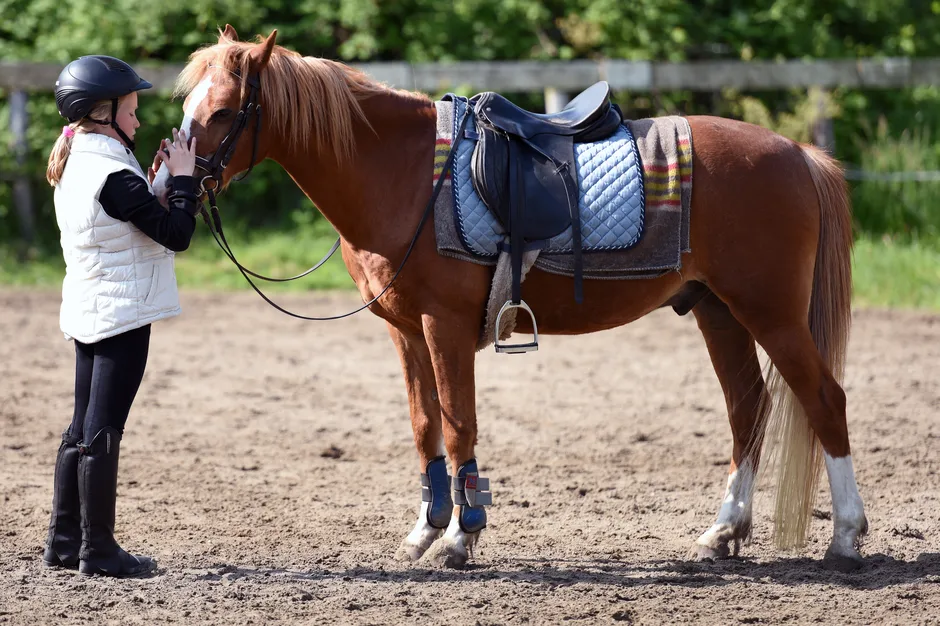
Maintaining Correct Posture and Position
Proper Alignment of Head, Shoulders, and Hips
Maintaining correct posture and alignment is crucial for proper balance and communication while riding. Many riders make the mistake of slouching or leaning forward, which can impact their stability and hinder effective communication with the horse. Focus on aligning your head, shoulders, and hips in a straight line, maintaining a solid and balanced position.
Keeping a Relaxed but Engaged Seat
Finding the right balance between relaxation and engagement is essential for a comfortable and effective ride. Many riders tense up or grip excessively with their legs, which can interfere with their ability to communicate clearly with the horse. Practice maintaining a relaxed but engaged seat, allowing your body to move with the horse’s motion while maintaining control and stability.
Balancing Weight and Pressure
Proper weight distribution and pressure are crucial for maintaining balance and harmony with the horse. Many riders unknowingly shift their weight too far forward or backward, putting unnecessary strain on the horse’s back and hindquarters. Focus on evenly distributing your weight across both seat bones and maintaining light and steady contact with the horse’s mouth through the reins.
Mastering Basic Riding Skills
Walking and Trotting Techniques
Mastering the basics of walking and trotting is essential for building a solid foundation in horseback riding. Many riders rush through these fundamental gaits in their eagerness to canter or gallop. Take the time to practice precise and balanced walking and trotting techniques, focusing on maintaining rhythm, relaxation, and a proper position.
Working on Transitions and Speed Control
Transitions and speed control are vital components of effective riding and communication with the horse. Many riders struggle with abrupt or unbalanced transitions, leading to confusion and resistance from the horse. Practice smooth and well-timed transitions between gaits, focusing on maintaining your position and using clear cues to communicate your desired speed.
Improving Balance and Stability
Maintaining balance and stability is a common challenge for riders of all levels. Many riders rely on the reins or their legs for balance, which can interfere with effective communication and cause discomfort for the horse. Practice exercises that improve your core strength, flexibility, and body control, allowing you to maintain balance and stability independent of the tack.
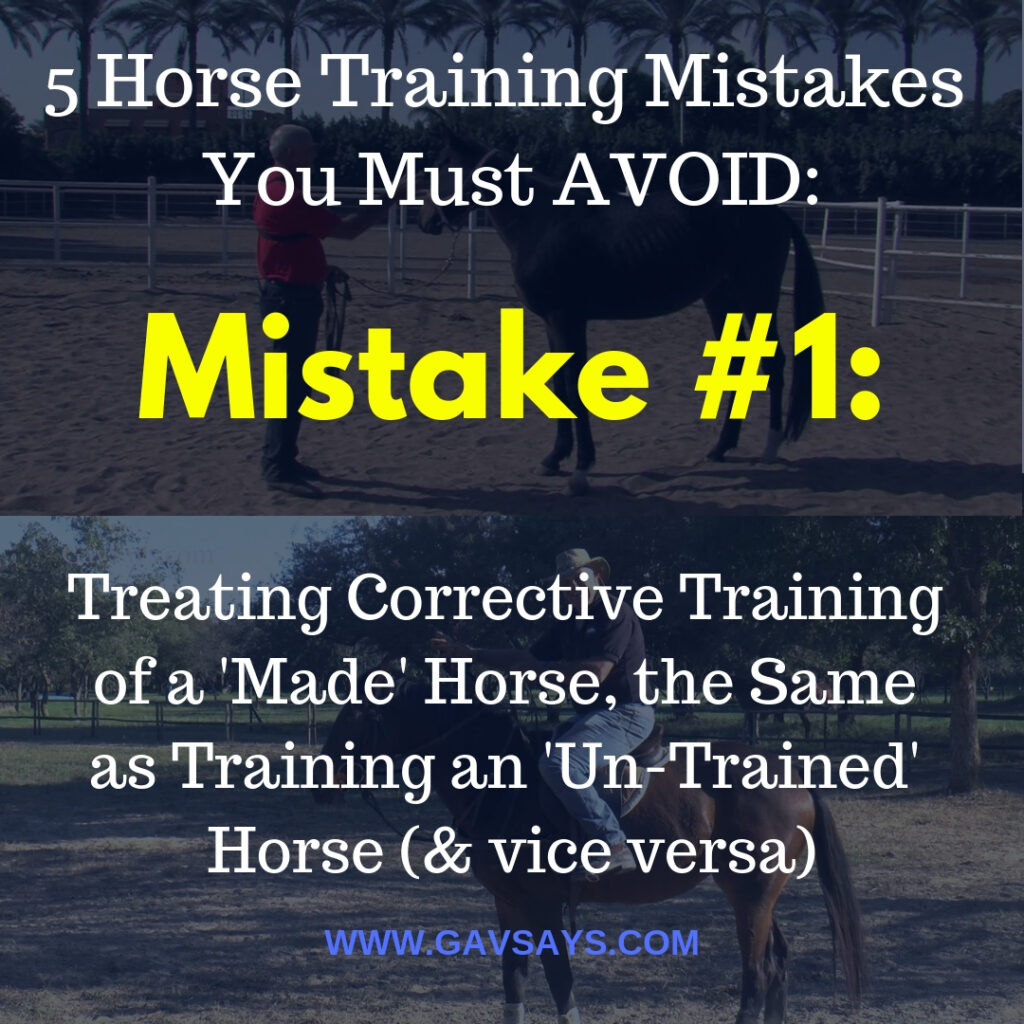
Navigating Different Terrain
Riding on Flat Ground
While flat ground may seem straightforward, many riders underestimate the importance of proper technique and balance in this terrain. Riding on flat ground requires a strong and balanced position, as well as clear communication with the horse. Practice maintaining a relaxed and engaged seat while riding on flat ground, focusing on rhythm and precision.
Managing Hilly and Uneven Terrain
Hilly and uneven terrain can be challenging to navigate while maintaining balance and control. Many riders make the mistake of leaning too far forward or backward, leading to instability and discomfort for the horse. Practice riding on hilly and uneven terrain, focusing on maintaining an upright position, evenly distributing your weight, and using your leg aids effectively.
Tackling Obstacles and Trail Riding
Obstacles and trail riding present unique challenges that riders must be prepared to handle. Many riders overlook the importance of proper preparation and communication when encountering obstacles or riding on trails. Practice desensitizing your horse to common trail obstacles and work on refining your communication and control skills in various trail riding scenarios.
Understanding Horse Behavior
Recognizing Signs of Discomfort or Fear
Understanding and responding to your horse’s behavior is crucial for their well-being and your safety. Many riders fail to recognize signs of discomfort or fear in their horses, leading to unnecessary stress or potential accidents. Educate yourself on the common signs of discomfort or fear in horses, such as pinned ears, tail swishing, or tenseness, and take appropriate action to address the underlying cause.
Interpreting Body Language and Vocalizations
Horses communicate primarily through body language and vocalizations, and it is important for riders to interpret and respond to these signals appropriately. Many riders miss subtle cues or misinterpret their horse’s behavior, leading to miscommunication and frustration. Invest time in learning and understanding horse body language and vocalizations to better understand your horse’s needs and intentions.
Reacting to Aggressive or Spooked Behavior
Aggressive or spooked behavior from horses can be intimidating and potentially dangerous. Many riders panic or react inappropriately when faced with aggression or sudden spooking from their horse. Practice remaining calm and composed in these situations, using clear and consistent cues to redirect or calm the horse. Seek professional help if you encounter persistent aggression or fearful behavior from your horse.
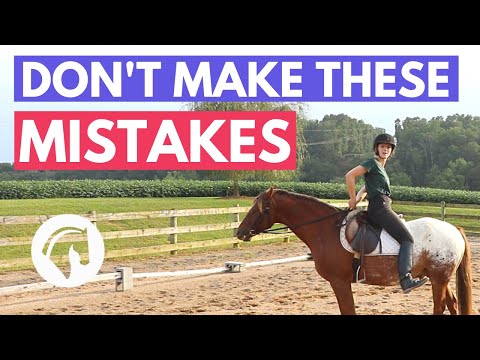
Safety Precautions and Emergency Procedures
Wearing Proper Protective Gear
Safety should be a top priority when engaging in horseback riding, and wearing proper protective gear is crucial. Many riders neglect to wear helmets or protective vests, exposing themselves to unnecessary risk. Invest in a well-fitted helmet and a protective vest, ensuring that they meet safety standards and provide adequate protection in the event of a fall or accident.
Knowing Emergency Stop Commands
Having clear and effective emergency stop commands is essential for ensuring your safety and controlling the horse in an emergency situation. Many riders lack the knowledge or practice necessary to execute emergency stops effectively. Consult with a qualified instructor to learn and practice emergency stop commands, focusing on maintaining balance and control while bringing the horse to a complete stop.
Dealing with Accidents and Injuries
No matter how experienced or cautious you are, accidents and injuries can still occur while horseback riding. Many riders are unprepared or lack the knowledge to handle these situations effectively. Familiarize yourself with basic first aid techniques and develop an emergency action plan that includes contacting medical professionals and implementing appropriate safety measures.
Caring for the Horse Before and After Riding
Grooming and Tacking Up
Proper grooming and tacking up are essential for the horse’s comfort and well-being. Many riders rush through the grooming process or neglect to thoroughly inspect the horse before riding. Take the time to groom your horse thoroughly, paying attention to areas such as the hooves, coat, and mane. Inspect the tack before every ride to ensure it is clean, in good condition, and properly fitted.
Proper Warm-Up and Cool-Down Exercises
Warm-up and cool-down exercises are vital for preventing injuries and preparing the horse’s body for riding. Many riders skip these essential steps or rush through them, compromising the horse’s physical well-being. Incorporate a structured warm-up routine that includes dynamic stretching and exercises that gradually increase the horse’s heart rate. Similarly, implement a cool-down routine that includes walking and stretching exercises to gradually bring the horse’s heart rate back to resting levels.
Inspecting and Treating Common Injuries
Horses are prone to certain injuries, such as cuts, bruises, and strains, which can be exacerbated by improper riding techniques or equipment. Many riders are unaware of these common injuries or lack the knowledge to inspect and treat them. Educate yourself on common horse injuries, including their causes, symptoms, and appropriate treatment methods. Consult with a veterinarian for a comprehensive understanding of horse health and care.
Understanding Different Riding Styles
Exploring Western Riding Techniques
Western riding is a popular style characterized by its comfortable and relaxed approach. Many riders limit themselves to one riding style and miss out on valuable learning experiences. Expand your horizons and explore Western riding techniques, which emphasize balance, control, and communication with the horse through the use of one hand on the reins.
Learning Basics of English Riding
English riding is another commonly practiced riding style known for its elegance and precision. Many riders are hesitant to try English riding due to misconceptions or their familiarity with Western riding. Learning the basics of English riding can greatly enhance your riding skills, as it focuses on developing proper position and effective communication through the use of two hands on the reins.
Discovering the Art of Dressage
Dressage is an intricate and highly disciplined riding style that requires precision, flexibility, and subtle communication with the horse. Many riders dismiss dressage as too complex or irrelevant to their riding goals. However, discovering the art of dressage can greatly improve your riding skills, as it emphasizes balance, suppleness, and harmony between horse and rider.
Improving Riding Confidence and Overcoming Fear
Practicing Breathing and Relaxation Techniques
Building and maintaining confidence while horseback riding requires a calm and focused mindset. Many riders struggle with anxiety or fear, which can negatively affect their riding experience. Practice deep breathing and relaxation techniques, both on and off the horse, to help calm your mind, release tension, and improve your overall confidence.
Gradual Exposure to Challenging Situations
Gradual exposure to challenging riding situations is essential for building confidence and overcoming fear. Many riders avoid or rush through challenging situations, hindering their growth and inhibiting their ability to handle new experiences. Gradually expose yourself to challenging riding scenarios, such as riding in a new environment or attempting more advanced maneuvers, with the guidance of a qualified instructor.
Working with a Qualified Instructor
Working with a qualified instructor is invaluable for improving riding confidence and overcoming fear. Many riders attempt to learn and progress on their own, making it challenging to identify and correct mistakes or develop new skills. Seek the guidance and support of a qualified instructor, who can provide personalized feedback, develop a structured training plan, and address any fears or concerns you may have.
Avoiding Common Riding Mistakes
Overusing the Reins and Bit
One common mistake that riders make is overusing the reins and bit for control. Pulling excessively on the reins or using harsh bit aids can cause discomfort, frustration, and resistance from the horse. Focus on using light and subtle rein aids and cues, relying more on your body position and clear communication rather than excessive rein pressure.
Incorrect Weight Distribution
Maintaining proper weight distribution is crucial for balance and effective communication with the horse. Many riders unintentionally shift their weight too far forward or backward, causing the horse to become unbalanced and potentially leading to accidents. Practice maintaining an even and balanced weight distribution across your seat bones and engage your core to maintain a stable position.
Improper Use of Aids and Cues
Improper use of aids and cues is a frequent mistake that riders make, leading to confusion and miscommunication with the horse. Riders often use conflicting or unclear aids, making it challenging for the horse to interpret their intentions. Practice using clear, consistent, and appropriate aids and cues, focusing on precise timing and minimal physical interference.
Conclusion
Avoiding common mistakes in horseback riding is essential for a safe, enjoyable, and successful riding experience. By understanding the different horse breeds, evaluating the horse’s temperament and health, and selecting the appropriate tack and equipment, you establish a strong foundation for riding. Mastering basic riding skills, navigating different terrain, and understanding horse behavior further enhance your riding abilities. Finally, prioritizing safety precautions, caring for the horse, and continuously improving your riding confidence contribute to a lifelong journey of equestrian development. Remember to always consult with qualified professionals and instructors to ensure the most accurate and up-to-date information for your horseback riding journey.
References:
- American Association of Equine Practitioners. (n.d.). Retrieved from https://aaep.org
- United States Pony Clubs, Inc. (n.d.). Retrieved from https://www.ponyclub.org
